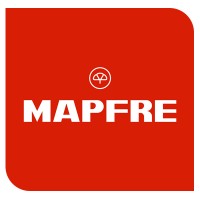
Manulife
Manulife is a leading international financial services group that helps people make their decisions easier and lives better. With our global headquarters in Toronto, we operate as Manulife across our offices in Canada, Asia, and Europe, and primarily as John Hancock in the United States. We have more than 40,000 employees, over 116,000 agents serving ~34 million customers worldwide, and over $1.3 trillion in assets under management and administration. Visit www.Manulife.com to find out more. For Manulife terms of use, please visit http://bit.ly/SM_Terms






